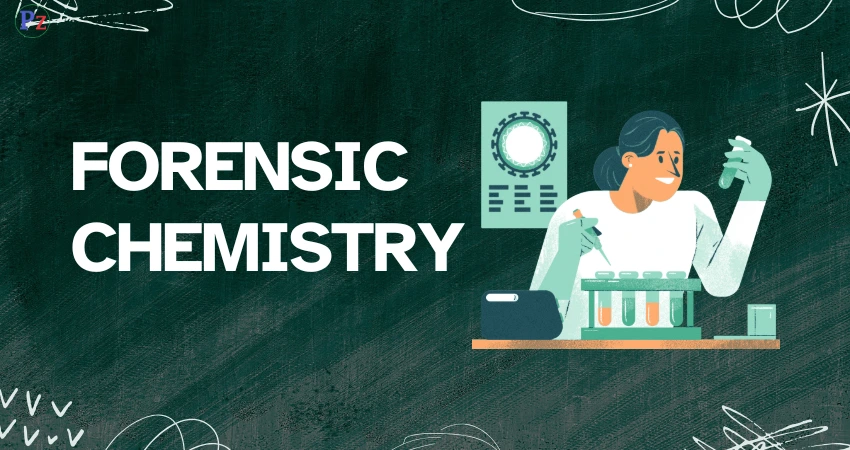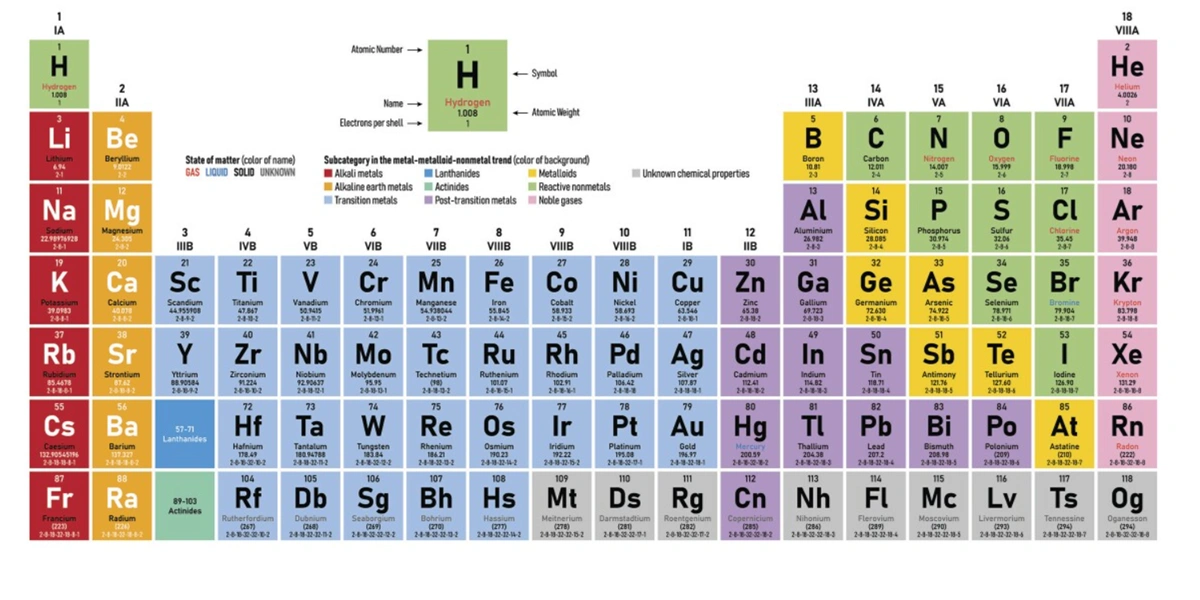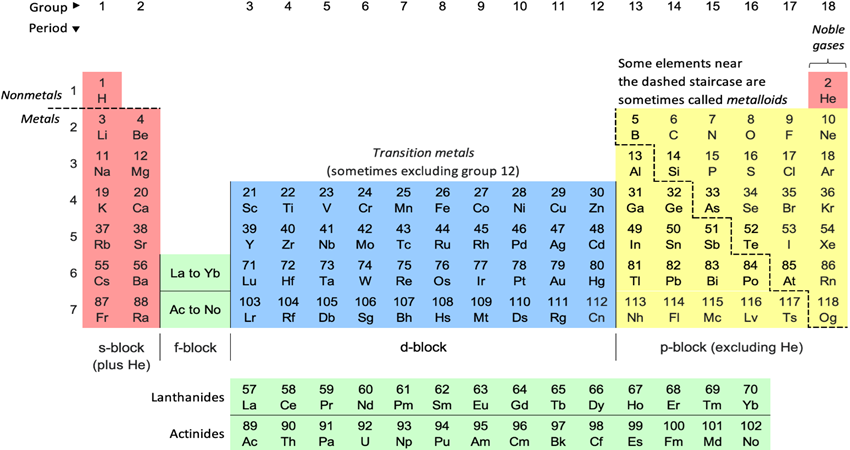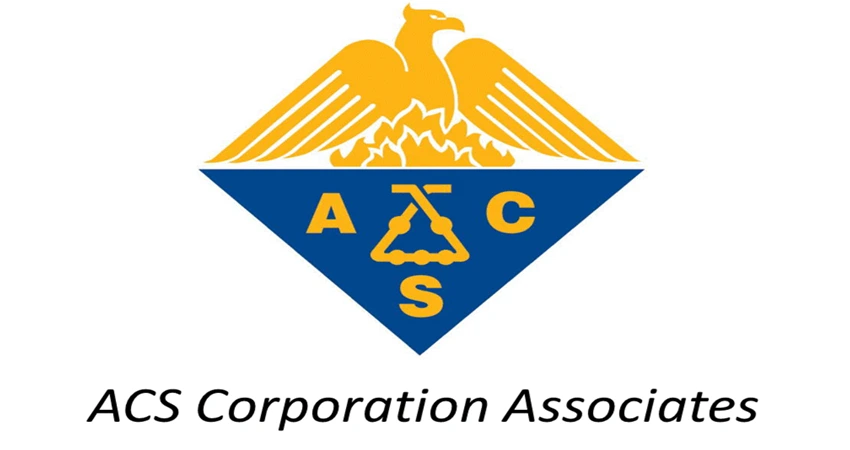Forensic chemistry includes the usage of analytical chemistry approaches for judicial objectives. Experimental or analytical chemistry is about the instrument’s use and techniques to distinguish, determine, and evaluate substances.
Forensic chemists apply different approaches to analyses, covering broad areas of study, including disease analysis, weapon analysis, plan analysis, serum analysis, and genetic science.
Chemistry is also a field widely applied during criminal inquiries. In this article, we will explore how forensic chemistry helps to study criminal investigations.
Uses of Forensic Chemistry in Criminal Justice
Forensic scientists help improve and observe critical proof at the crime site. They also assess and examine materials collected from crime scenes to recognize a substance’s nature or to connect a sample to other proof. Let’s see how forensic chemistry is widely applied in criminal justice;
Detecting Hidden Evidence
Forensic analysis includes recognizing proof items, including hidden evidence, that cannot be easily recognized as they are difficult to show in light. Approaches like ultraviolet rays help to make proofs, including fingerprints, firearm residue, and blood radiate for verification.
Forensic chemists also use chemical luminescence, a method in which a molecular reaction releases detectable light. This forensic reagent works to detect blood and respond to oxidizing agents (H2O2) under the observation of hemoglobin iron emitting visible light. However, luminol is limited to 30 seconds of light. This can result in incorrect positives and is also discouraged for small blood samples.
Identifying and Evaluating Compounds
Unidentified compounds collected during the investigation can be detected and evaluated through chromatographic analysis (compound separation) and spectroscopy (spectral analysis).
These methods help to detect various molecular elements and observe clear resemblances between compounds.
Although evaluation cannot determine that two evidentiary items are linked, it cannot confirm whether a manufactured fiber recovered from the scene is similar to the substance structure of the accused’s shirt; however, it is unlikely to happen as a direct match to the criminal’s shirt.
Methods of Chromatography
Chromatography is an approach built on the premise that different chemical elements are different in size and liquid absorption, leading to proceeding at varying velocities through a medium. This approach isolates substances in a compound to differentiate the chemical composition.
Sheet or chromatography utilizes a non-reactive surface applied to absorbing agents like silicon dioxide, by which chemicals are filtered. HPLC (high-performance liquid chromatography) is an advanced approach applied in forensic laboratories, using a high-pressure solvent pushed through a tube.
Gas chromatography isolates elements by motion through fixed-phase, liquid medium, and vapor state, supporting advanced mixture division.
Spectroscopic Methods
Spectrometric analysis is a process of detecting chemical compounds according to their reception and re-emission of radiation waves. Different chemicals saturate and rebound radiation waves in different styles, helping to create a chemical composition that can be measured against comparison patterns.
An unidentified compound is subjected to different spectrums in the spectroscopy technique, and the omitted radiation is evaluated. Ultraviolet/visible light spectroscopy detects light absorption in the UV-visible analysis; on the other hand, IR spectroscopy examines infrared rays.
Nuclear magnetic resonance (NMR) spectroscopy analyzes fluctuations in nuclear structures’ magnetic forces. It also plays a vital role in forensic laboratories for emerging psychoactive drugs.
Mixed Approaches
A widely used forensic chemistry approach that integrates chromatography and spectroscopy techniques is the GCMS (Gas Chromatograph Mass Spectrometer).
This approach integrates the compound isolation through a gas phase called ‘mass spectrometry’ where chemical substances are ‘electrified’ and examined according to the m/z ratio (mass-to-charge ratio).
The Gas Chromatograph Mass Spectrometer is regarded as a reference method for the analysis of heterogeneous samples, such as presumed prohibited chemicals, follicles, ground material, and explosive agents, to recognize chemical compositions.
Case Example
A famous case resolved using forensic chemistry was of the BTK murderer. The ‘blind, torture, kill’ mass murderer might have escaped justice if he hadn’t been caught by cyber forensics as technological advancements progressed. Digital forensic specialists were able to track the electronic evidence in a file back to Dennis Rader, who later admitted in court to dozens of murders.
Read also: Chemistry in environmental studies project based learning






